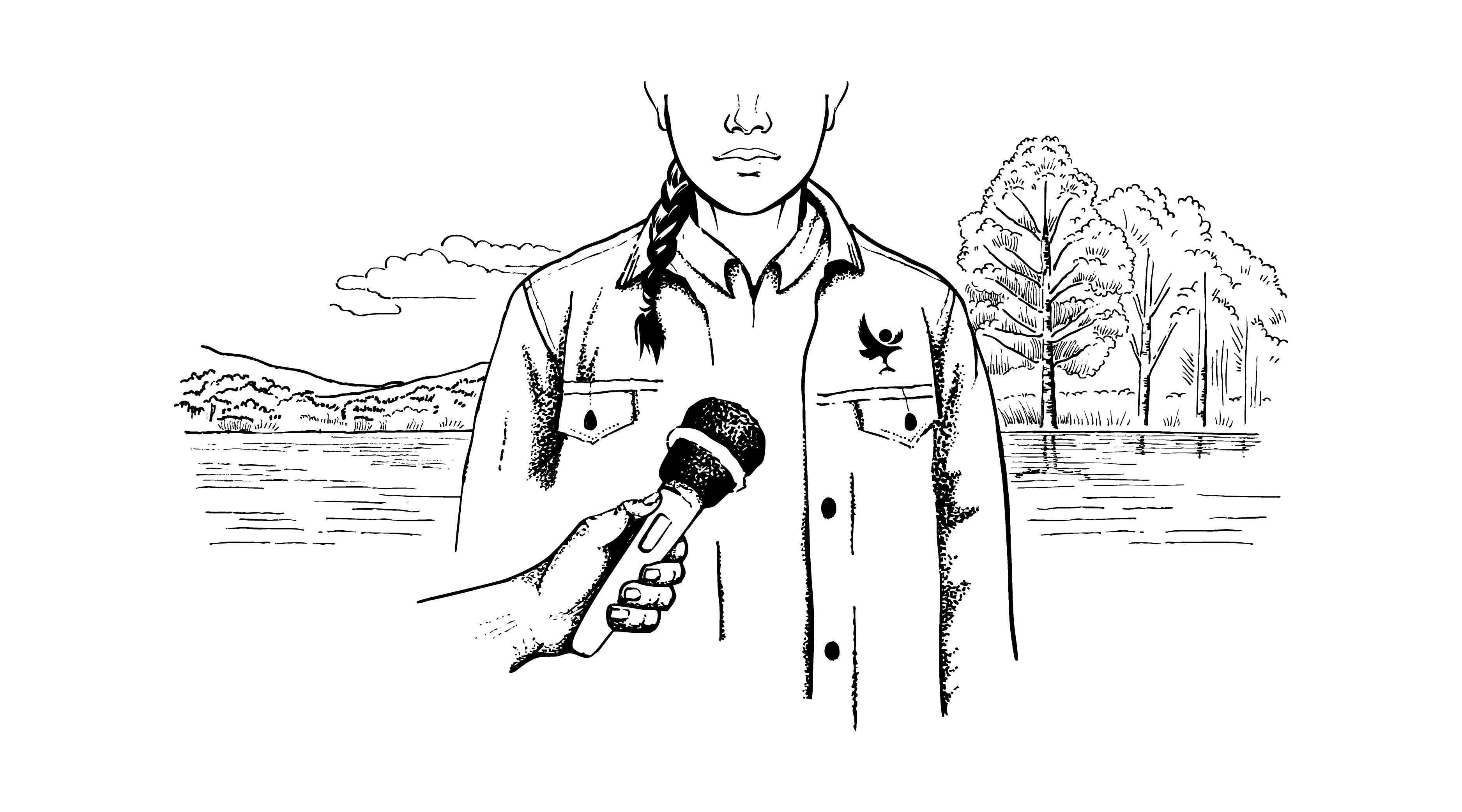Wildcat project comes to end but points the way for future action

Wildcat project comes to end but points the way for future action
An innovative project which provided a trial of targeted conservation actions for the Scottish wildcat in an area of the Highlands has come to an end with its final report being published.
The Scottish wildcat is one of 22 species highlighted as a conservation priority in the Scottish Natural Heritage five-year Species Action Framework (SAF), which concludes this year.
The Cairngorms Wildcat Project helped highlight the rarity of wildcats and the nature of ongoing threats to the species, and also provided valuable pointers to its future conservation across Scotland.
Mainly funded by SNH through SAF, the project, managed by the Cairngorms National Park Authority, successfully raised public awareness of wildcats and cat conservation.
It also resulted in the promotion of domestic cat neutering to prevent breeding with wildcats; close working with five estates on wildcat protection measures, and detailed monitoring of the Cairngorm’s populations of wild-living cats; the latter carried out by research staff from the Royal Zoological Society of Scotland (RZSS) in support of the project.
Other successes include increased participation in voluntary feral cat neutering by a network of trained Cats Protection volunteers within the Cairngorms National Park. Such efforts now need to be continued to reduce the threats to wildcats.
The project sought to increase awareness of the defining characteristics which are used to identify wildcats among land managers with evidence that this work has already directly benefited wildcat conservation.
SNH now intends to draw on the experience from the project and to work with those with an interest in wildcats to develop a national plan of actions for the Scottish wildcat.
Ron Macdonald, SNH’s head of policy and advice stressed: “The end of the Cairngorms Wildcat Project now starts a new phase of action for the Scottish wildcat. It is now up to us, all of us involved in wildcat conservation, to build on the work of this project to develop a new national action plan for the Scottish wildcat.
“This will involve all those with an interest in helping to preserve what is left of this rare and elusive animal – our only remaining native cat. We remain committed to rescuing the Scottish wildcat and we will shortly begin taking the first steps towards establishing this national action plan.
“While it is true the project has confirmed the parlous state of wildcats, it has also helped to develop practical methods to be used in the field which could and should be applied in the Cairngorms National Park and other strongholds for wildcats.
“We are also encouraged that the wildcat project has successfully stimulated interest in people about wildcats – a factor reflected in the species’s greater prominence in the most recent Scottish Nature Omnibus survey.”
Findings from the project suggested wildcats are rare but present in low numbers in the western half of the National Park – Badenoch and Strathspey; Highland Perthshire and possibly Glenlivet. There were no records substantiated with photos or carcases from the eastern side of the Park – Deeside, Donside and the Angus Glens.
Will Boyd Wallis, the CNPA’s land and conservation programme manager and chair of the wildcat project said: “When we set out to start the Cairngorms Wildcat Project we always knew that this had to be the start of something bigger if we are to save the Scottish wildcat.
“Through the fantastic support of the estates in the National Park, keepers, farmers, vets and volunteers for cats protection and the joint effort of all the project partners we have achieved a great deal. The future of the wildcat is still far from certain, so I am very pleased that we have seen the work set in the Cairngorms help inform a wider national framework of conservation for the species.”
Camera trap images and recovered cat carcasses indicate that feral cats and hybrids are more numerous and widespread and occupy the same areas as wildcats, hence risks from hybridisation appear to be real and continuing.
Another success of the project was working with estates to establish a protocol for feral cat control activities which minimised the risks of harming wildcats. These included criteria which help to identify a wildcat in the field and control methods which sought to avoid harm to wildcats.
It also gathered results of opportunistic camera trapping, sightings by the public, and the recovery of wild-living cat carcasses for analysis.
Media enquiries: Fergus Macneill, SNH Public Relations Tel 01463 725021
Latest from the National Park
Update on wildfire situation
Convener Sandy Bremner and Chief Executive Grant Moir have given an update on the ongoing wildfire situation.
Statement on wildfires
An update from Grant Moir, Chief Executive of the Cairngorms National Park Authority, on the ongoing wildfires in Moray and Highland.
New Nethy houses get green light
Meeting in Ballater, the Planning Committee approved applications for a development of 35 houses in Nethy Bridge and a floodplain restoration scheme on the River Dee.




